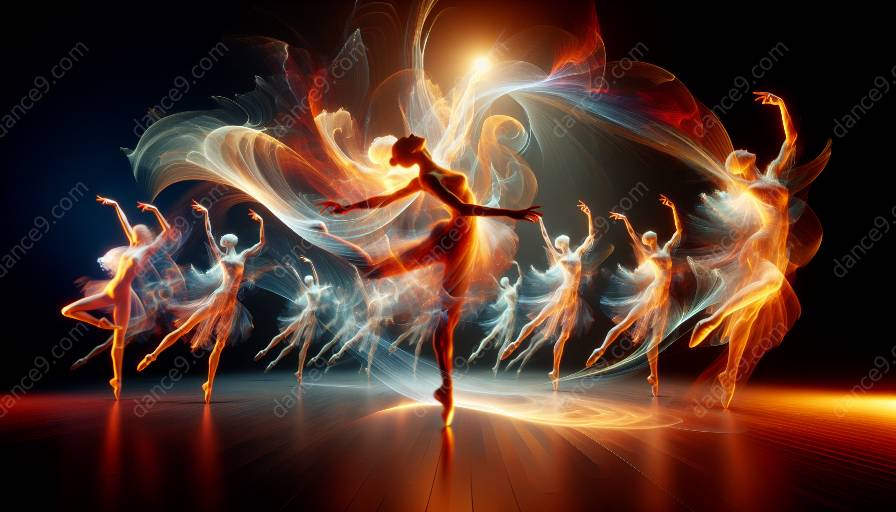Dance and technology have a long-standing relationship, with holography being an innovative and captivating addition to the field. In recent years, the integration of holography in dance training has opened up new possibilities for both dancers and instructors. One of the key dimensions being explored is the perceptual and kinesthetic aspects of holography in dance training.
Holography in Dance
Holography, as a three-dimensional imaging technique, offers a unique way to visualize and represent movement. In the context of dance, it provides a transformative medium for choreographers to create and present their work. By capturing the full spatial and temporal dimensions of dance performances, holography brings a new level of immersion and engagement for the audience.
Perceptual Dimension
The perceptual dimension of holography in dance training relates to how dancers perceive and interact with holographic representations of movement. When dancers are able to see their own performances from different angles and perspectives through holographic displays, it enhances their awareness of spatial relationships and body alignments. This heightened perception contributes to improved technique and artistic expression.
In training, holographic visualizations can be used to demonstrate complex movement sequences, allowing dancers to better understand and internalize choreography. This visual feedback helps dancers refine their movements and develop a deeper understanding of the nuances within their performances. Additionally, the ability to view holographic representations of masterful dancers and choreographers can inspire and motivate trainees to reach new levels of artistry.
Kinesthetic Dimension
Considering the kinesthetic dimension, holography in dance training has the potential to revolutionize the way dancers experience and learn movement. Through holographic projections, dancers can engage in virtual interactions with their own holographic avatars or those of other dancers, which offers a unique kinesthetic feedback loop. This immersive experience enhances dancers' spatial awareness, proprioception, and muscle memory.
Moreover, the use of holographic technology allows for the creation of augmented reality environments where dancers can explore and manipulate virtual objects or environments related to their choreography. This dynamic application of kinesthetic holography opens up new avenues for creative exploration in both training and performance.
Impact on Dance Education and Performance
The integration of perceptual and kinesthetic dimensions of holography in dance training has significant implications for dance education and performance. From an educational standpoint, holography enriches the learning experience by providing visualizations that complement traditional teaching methods. It offers an innovative way to teach movement principles, spatial dynamics, and artistic interpretation to dance students of all levels.
Furthermore, in the realm of performance, holography presents new possibilities for staging and presenting dance productions. Choreographers can leverage holographic technology to design immersive visual landscapes that interact with live performances, blurring the boundaries between physical and virtual realms. This fusion of holography and dance enhances the audience's sensory experience and opens the door to innovative narrative and aesthetic possibilities.
In conclusion, the exploration of the perceptual and kinesthetic dimensions of holography in dance training aligns with the evolution of dance and technology. It introduces groundbreaking methods for enhancing dancers' perception, movement exploration, and creative expression. As holography continues to evolve, its integration into dance training holds vast potential for transforming the way dancers learn, perform, and engage with audiences.

































